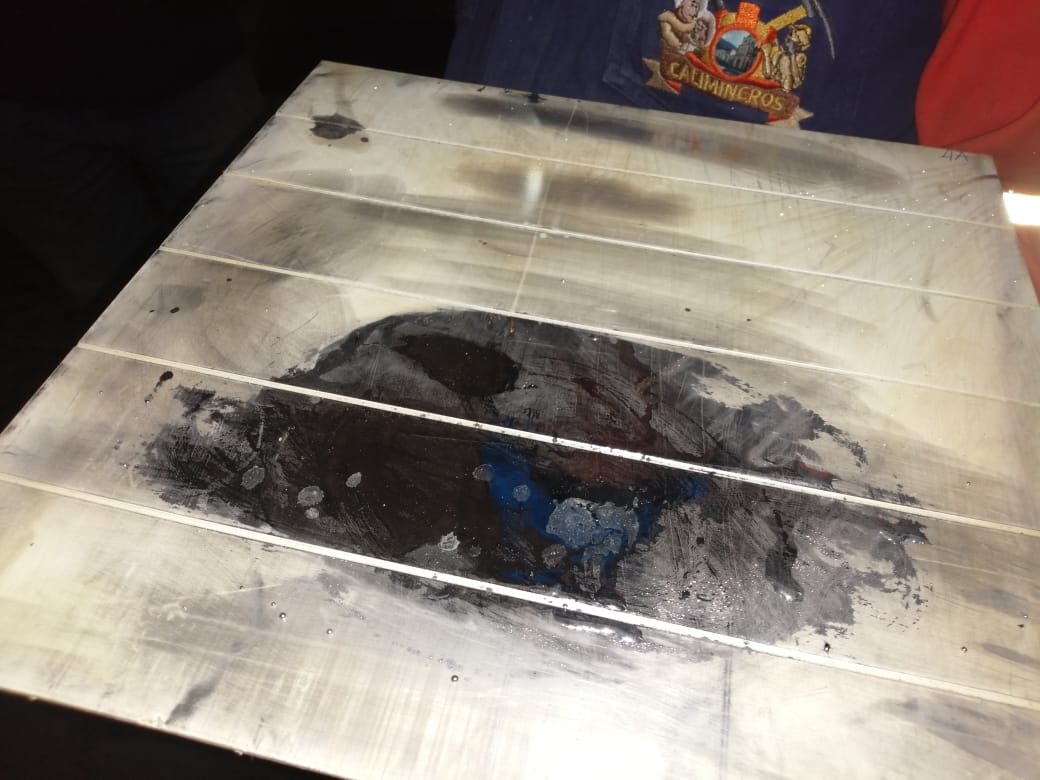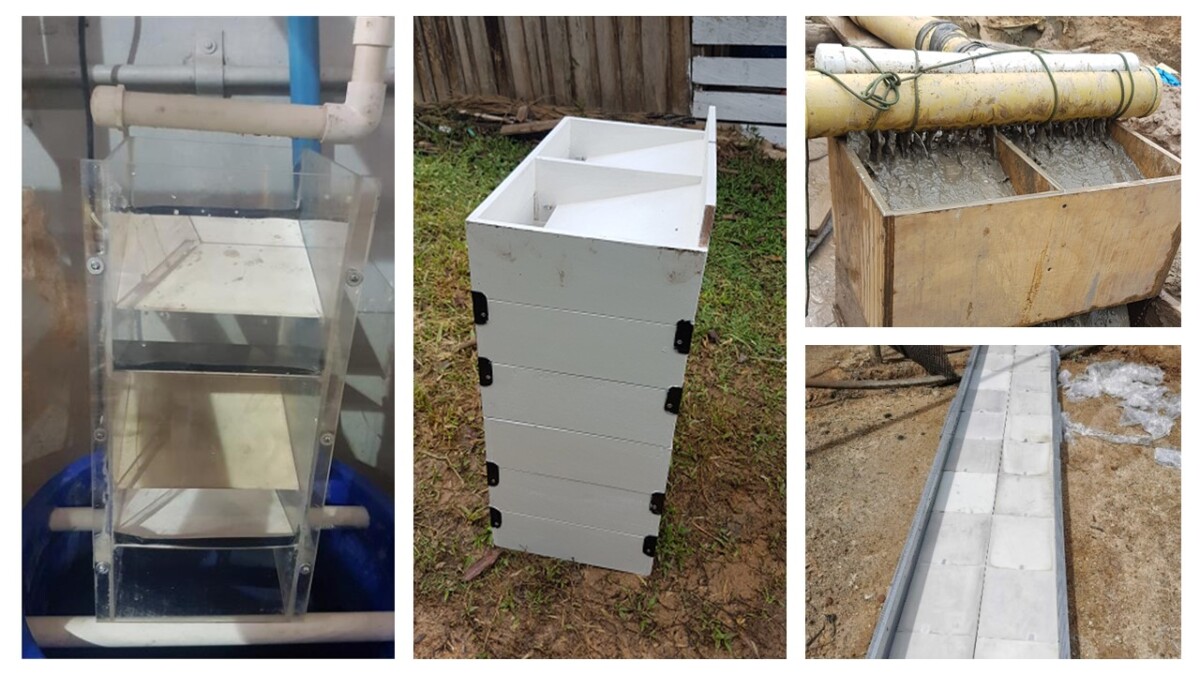Our latest research addresses the environmental and health impacts of over 300,000 small-scale mining operations in Colombia. Learn how homemade copper plates, armed with an electrolytic layer of silver, are revolutionizing tailings treatment, removing up to 85% of mercury.
The International Journal of Sustainable Energy and Environmental Research recently published the study Homemade copper-silver plates as an alternative for cleaning mercury-contaminated tailings from artisanal and small-scale gold mining in Colombia, which includes the results and innovative techniques to mitigate mercury-cyanide contamination and lead the way for a greener, healthier future in mining communities.
Despite the poverty alleviation characteristic of the operations in rural regions, these practices have been affecting the environment and health of operators as well as neighboring communities, mainly due to the misuse of mercury and cyanide. The most impacting activity is when processing centers use cyanide to leach Hg-contaminated tailings. This generates toxic mercury-cyanide complexes that are not frequently removed from effluents, and it is very toxic for aquatic life. A study to remove metallic mercury from tailings before cyanidation was conducted with 300 to 500 kg tailings from 15 different mining sites in Colombia using homemade copper plates covered with an electrolytic layer of silver. The experiments resulted in an average of 63% of Hg removed, and a maximum of 85%. The final Hg concentrations in the tailings reached an average of 27 to 47 ppm (depending on the analytical method) from the original grades of 75 to 125 ppm. Mercury droplets from old tailings, with acid generation, were difficult to trap by the plates. The article gives a detailed description on how to make these homemade plates and set up a zigzag cascade configuration for better results. Additional methods to adsorb or precipitate mercury from the cyanide solutions are necessary and they have been discussed.


